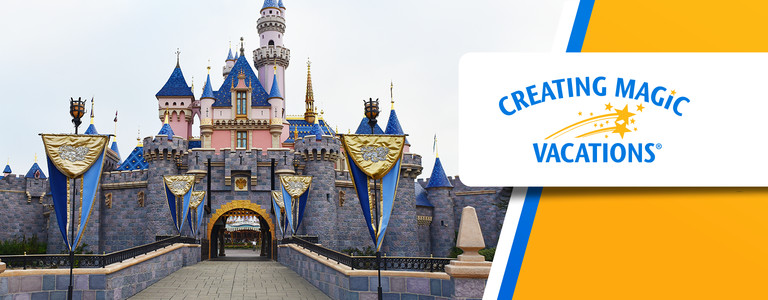
It Starts With a Little Music
Whenever I have to do a lot of writing or studying, I often turn to classical music as a way of eliminating distracting sounds. Since learning about the travel offerings of Portugal, I’ve started listening to Fado – a genre with roots tracing straight to Lisbon. Since I don’t speak Portuguese, I’m not distracted by the music, but I do find it incredibly moving and emotional. You can almost feel it. As you read this week’s destination overview, consider listening to some of the most famous Fado artists with this playlist from Spotify. Fado makes a beautiful soundtrack to this newsletter and it just might be a new backdrop for your daily office activities, so . . . .
Crank up that music and spend then next few moments reading about Lisbon.
Lisbon Overview
Lisbon is Portugal’s capital, where old customs and ancient history blend with cultural entertainment and hi-tech innovation. Many different cultures have influenced the city over the centuries, but each historic neighborhood still has a small-town feel. Along the coastal road of the region, travelers can find beaches, parks and nature reserves, cultural routes, and accommodations for all tastes. The region is also known for its UNESCO World Heritage Sites: Sintra and Mafra National Palaces.
The hodgepodge of historical periods and cultures represented in Lisbon, Portugal, is a major source of its charm and travel appeal. A sprawling city on the banks of the Tagus River, Lisbon constantly reminds travelers that Portugal has been conquered several times, that it developed (and lost) its own illustrious empire and that, for much of the 20th century, it isolated itself from the rest of the world.
But when Portugal joined the European Union in 1986, it experienced a major economic boost. A completely new quarter sprang up on the banks of the Tagus. Lisbon is modernizing fast as a European travel destination.
As visitors to Portugal walk Lisbon’s hills—or, better, take one of Lisbon’s vintage trams—they’ll find restored medieval facades, wonderful art-nouveau buildings, black-and-white mosaic sidewalks (known as calcada), fine museums and plenty of modern shops.
Lisbon’s citizens seem to have absorbed their city’s many-sided character. Visitors can witness the popularity of fado, the melancholy music that developed in Lisbon in the early-19th century. Though the performers sing about tragedy and distant glory, the audience is very much a part of modern Lisbon—a flourishing, fashionable business and leisure center.
Torre de Belem is one of the many Lisbon sites, you may want to visit. Built between 1514 and 1520 as a lighthouse and a defense against pirates, the Tower of Belem was originally one of two towers flanking the Tagus River (it once stood on an island before the river silted up). The other tower was lost to the 1755 earthquake. The surviving tower is a beautiful example of the Manueline architectural style, with Moorish influences. It’s a UNESCO World Heritage site. From the terrace on the fourth floor there is a good view of the river and the surrounding suburbs.
Now that you have the overview, how about a few fun facts about Lisbon.
Fun Facts about Lisbon
- There is evidence of civilization in the Lisbon area dating back to the 7th century BC.
- An earthquake destroyed most of the city in 1755.
- Don’t confuse Portuguese bullfights with those of Spain. The bull is never killed in Portugal.
- Portugal uses the Euro.
- Every year, more than 200 couples compete for the privilege of being married on 13 June, the Day of Saint Anthony
Want to Visit Lisbon?
If reading this has made you want to visit the capital of Portugal, then get in touch with me to talk about your options. I’m currently organizing a group cruise for 2025 that starts in Lisbon and visits ports in Morocco and Spain! You can join me on that adventure or we can work together on crafting your perfect trip to Portugal.








